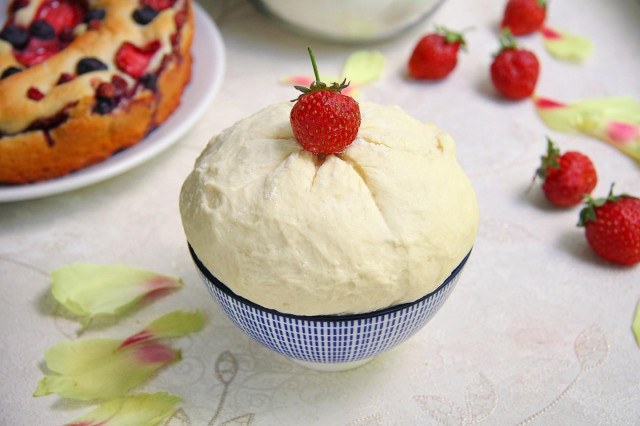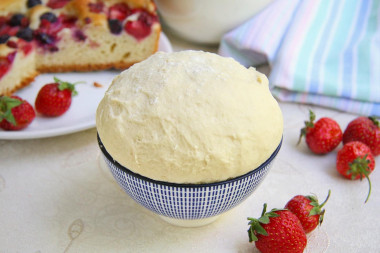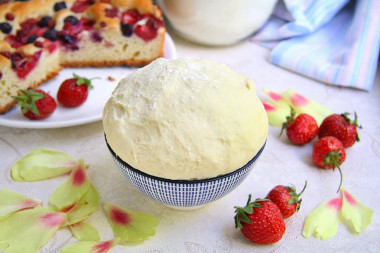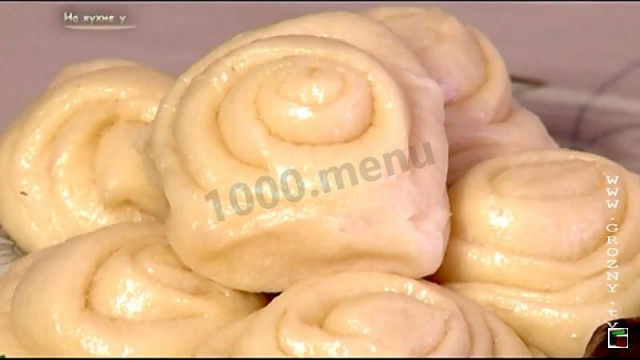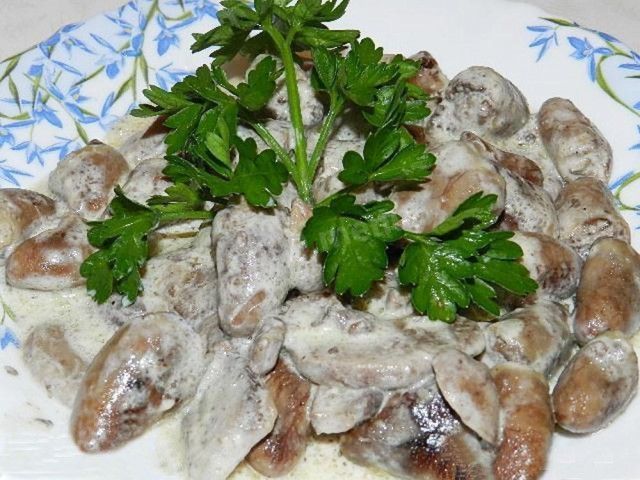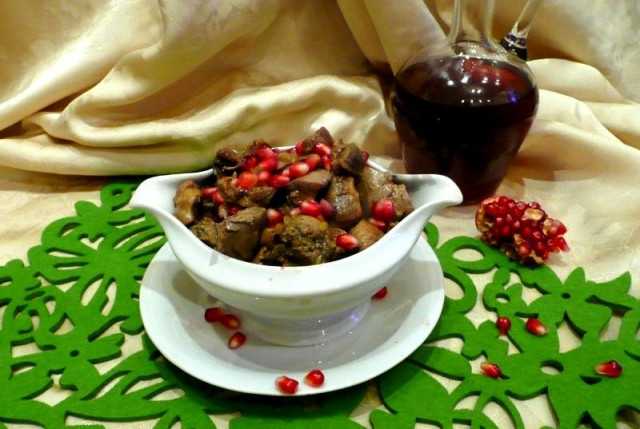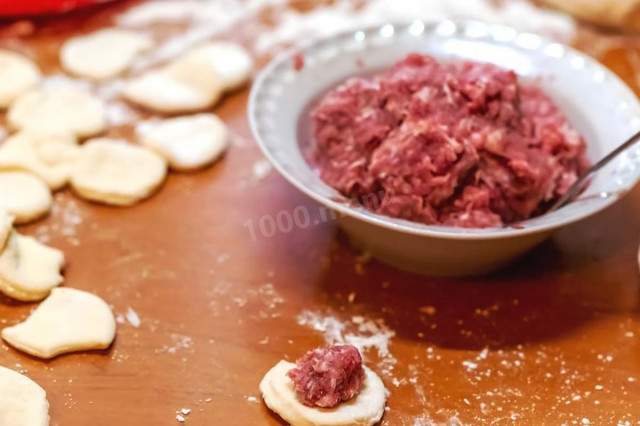Composition / ingredients
Step-by-step cooking
Step 1:
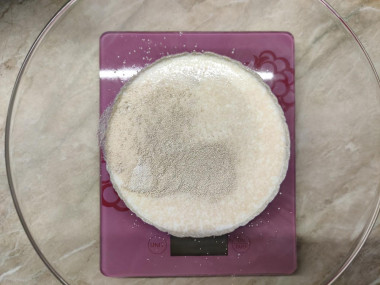
Since we have a rich dough, I recommend that you first prepare a sourdough. To do this, preheat the milk to a temperature of 40 degrees (it feels like "pleasantly warm "), add all the sugar and dry fast-acting yeast. Leave in a warm place (for example, in a closed microwave oven) for 15 minutes.
Step 2:
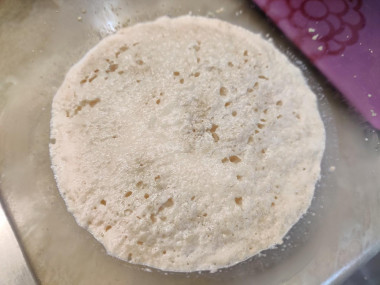
During this time, yeast forms a thick foam cap on the surface of the milk. This means that everything is going according to plan. If the foam has not formed, then the yeast has died, the dough will not be pressed with it. In this case, you will have to cook the sourdough again, perhaps even with yeast from another batch.
Step 3:
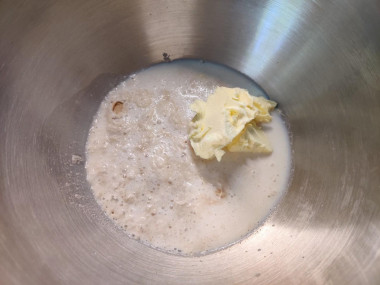
Pour the approaching sourdough into a larger bowl. Add salt to the same place and transfer the soft butter to room temperature. To make the butter soft, remove a piece from the refrigerator at the same time as the preparation of the sourdough begins.
Step 4:
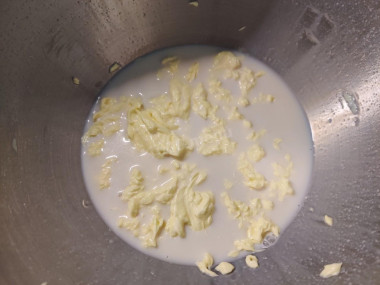
Use a whisk to mix the mixture so that the oil spreads a little.
Step 5:
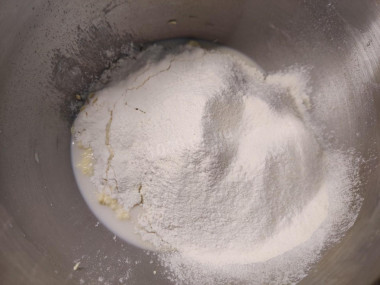
This recipe uses premium wheat flour. Sift a large half of the flour volume into a bowl and mix the dough.
Step 6:
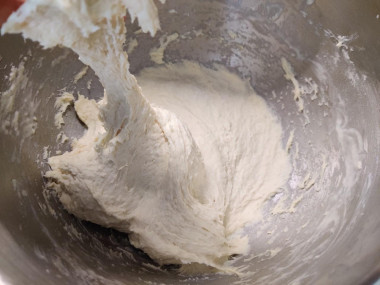
Evaluate its consistency. If the dough is too liquid and sticks strongly to your hands, gradually sift more flour, achieving a smooth homogeneous consistency, while carefully kneading the dough. In general, knead the dough with your hands for at least 15 minutes, until the flour gives up all the gluten. Electric kitchen assistants will cope with the task of kneading the dough much faster.
Step 7:
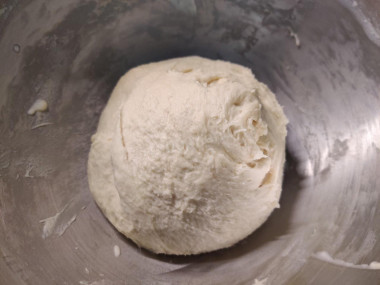
Don't overdo it with flour! As soon as the dough has stopped sticking strongly to the hands, the introduction of flour is stopped, because it is because of the large amount of flour that baking is tough in the end. Then the dough is collected into a ball, the bowl is covered with a towel or cling film and left in a warm place for about an hour and a half for the approach.
Step 8:
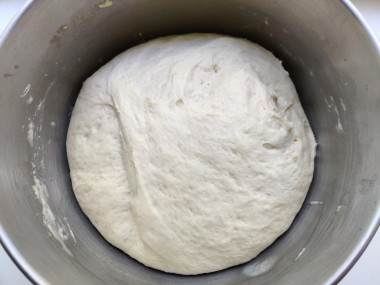
During this time, the dough will fit, that is, it will significantly increase in volume (at least twice).
Step 9:
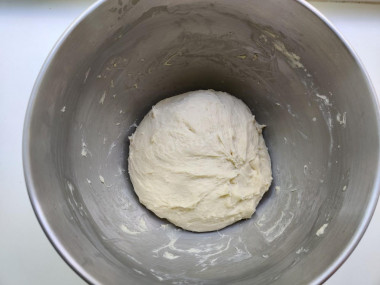
Then lubricate your hand with a drop of sunflower oil and knead the dough right in the bowl. Because of the butter, the dough will not stick to the hand. Reassemble it into a ball and send it to a warm place for another twenty minutes. After that, the dough will be ready for the formation of pies and final proofing.
Step 10:
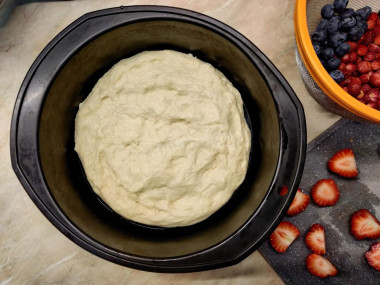
I baked a pie with berries: strawberries, strawberries and blueberries. But any salty filling suitable for pies will also fit here.
From the specified number of ingredients, I got two simple pies with a diameter of 18 cm.
The dough is rich, fragrant, quite a bit sweet to my taste (it would be possible to add more sugar) and restores its shape when pressed.
Good luck!
Be prepared for the fact that flour may need more or less than indicated in the recipe. Focus not on the amount of flour, but on the desired consistency of the dough. To avoid mistakes, read about flour and its properties!
Calorie content of products possible in the composition of the dish
- Whole cow's milk - 68 kcal/100g
- Milk 3.5% fat content - 64 kcal/100g
- Milk 3.2% fat content - 60 kcal/100g
- Milk 1.5% fat content - 47 kcal/100g
- Concentrated milk 7.5% fat content - 140 kcal/100g
- Milk 2.5% fat content - 54 kcal/100g
- Granulated sugar - 398 kcal/100g
- Sugar - 398 kcal/100g
- Butter 82% - 734 kcal/100g
- Amateur unsalted butter - 709 kcal/100g
- Unsalted peasant butter - 661 kcal/100g
- Peasant salted butter - 652 kcal/100g
- Melted butter - 869 kcal/100g
- Salt - 0 kcal/100g
- Wheat flour - 325 kcal/100g
- Dry yeast - 410 kcal/100g

